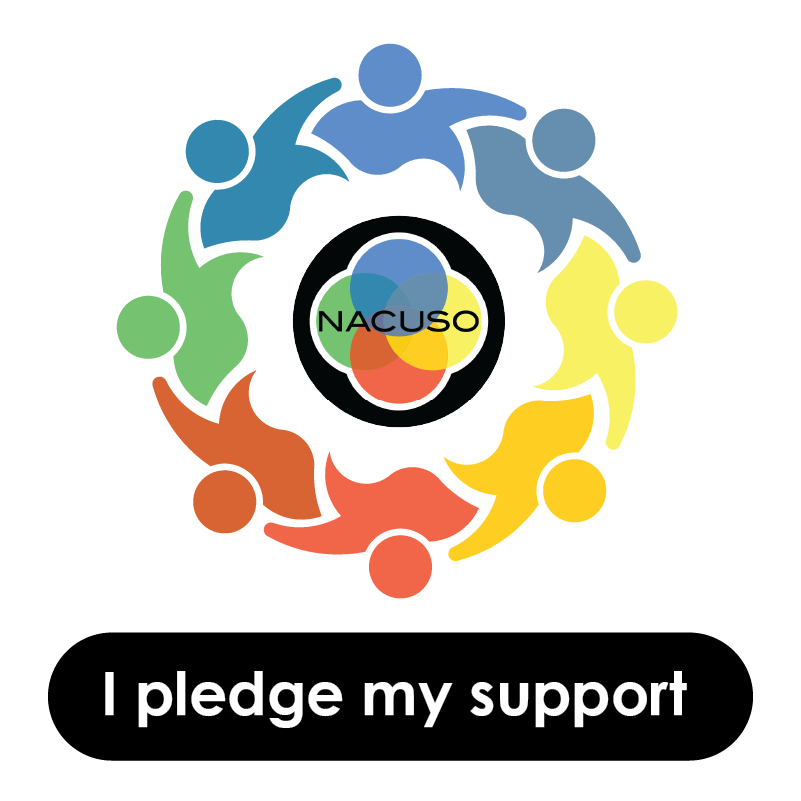I believe the children are our future…Great song. True statement.
Reaching that younger K-12 audience is, in fact, the key to securing the future of the credit union movement. And making sure that your CU is driving positive change around DEI is paramount. We know this, of course. But… it can still seem a little daunting.
So, where should we start? Excellent question!
Lisa Koenecke, Certified Diversity Professional sat down with us to share her extensive wisdom on the subject, and the conviction and passion behind her insights was palpable. Listen in, learn, and secure a brighter future for your CU—this week on CRMNEXT’s Banking on Experience.
What’s covered?
Challenges + solutions in addressing the K-12 audience.
The stigma early on was that people didn’t realize anyone can belong to a credit union. Lisa thinks the movement has done a fabulous job of changing that message, but there’s still work to do.
She’d love to see K-12 having more support from the local credit unions – whether that’s helping with the PTA, attending sporting and music events, or even as a sponsor. In her mind, it’s a fantastic way to help them see CUs as somewhere they could work, put their money, and utilize in so many ways.
Then there’s education. “If I were queen,” says Lisa, “I would have financial literacy as a graduation requirement. Now, I am not the queen of curriculum. However, I think anything that local credit unions can do in the K-12 setting, whether it’s private, parochial, or public… to just come into the K-12 setting to say, ‘Dear friend who is going to graduate: Whether you want to go on to a 4-year school, military, volunteer, go into the world of work right away – you should know how to balance your money.’”
More on Financial Education – particularly for adolescents.
Lisa shares some fantastic thoughts here that you’ll definitely want to tune in for. She stresses that much of the responsibility for educating adolescents around finances falls on the parents/caretakers.
That’s not new information, but, as Lisa says, “To be able to say, ‘Here’s the template of what needs to happen,’ I think that that’s a wonderful conversation that doesn’t happen a lot. And, in my opinion, it should.”
Our expert also can’t say enough about the influence of a good school counselor. And she thinks it’s “FAN-tastic” when credit unions are visibly in a high school.
Creating experiences for young people.
When it comes to holding the attention of K-12, creating an experience is almost a necessity. And, as Lisa says, there’s research out there that says by 7th grade, they’ve already determined what path they’ll be taking after high school!
Her suggestion? Make it a joint effort with the credit union, school counselors, social workers, etc. to say, “Here’s what you can do moving forward.” Then perhaps create an opportunity for them to volunteer with a credit union or make that their first job.
Top priority: what K-12 need most from your CU.
First thing on the list for Lisa? Educate them on the difference between credit unions and banks. To her, that’s simple. For one thing, CUs are people helping people. And for another, there’s the difference of not paying a board member to sit on the board of directors.
It’s about visibility, according to our expert. “It’s letting people know – if you need help with something, the credit union may give you more opportunities than, say, a bank. And I hands-down believe that 100%.”
Inclusivity & DEI: Lisa’s top tips.
As a giant advocate for inclusion in the credit union movement (and everywhere), Lisa offers some wonderful insights you’ll want to hear. But, put very simply – for her, it boils down to:
- Providing resources
- Sponsoring
- Offering personal development
And when it comes to changes CUs can make around DEI, Lisa’s opinion is clear.
“It’s looking beyond just checking the box of – Ok, we hired a person of color to run our diversity program…Diversity is so much more than race…You can use people from the neurodivergent population (people with autism is one of those), military vets, people living with disabilities…To be able to say: we see you, and we want to open our doors and be reflective of our community. That’s the number one thing that I would love.”
Want to contact our expert?
Lisa Koenecke is on all social platforms, or you can visit inclusionally.com to check out her website with more information on her book, her TED Talk, her speaking engagements, and more.
Find this interview, and many more by subscribing to Banking on Experience Podcast on iTunes. You can also find us on Spotify, Google Podcasts, or visit our page on Casted.


























